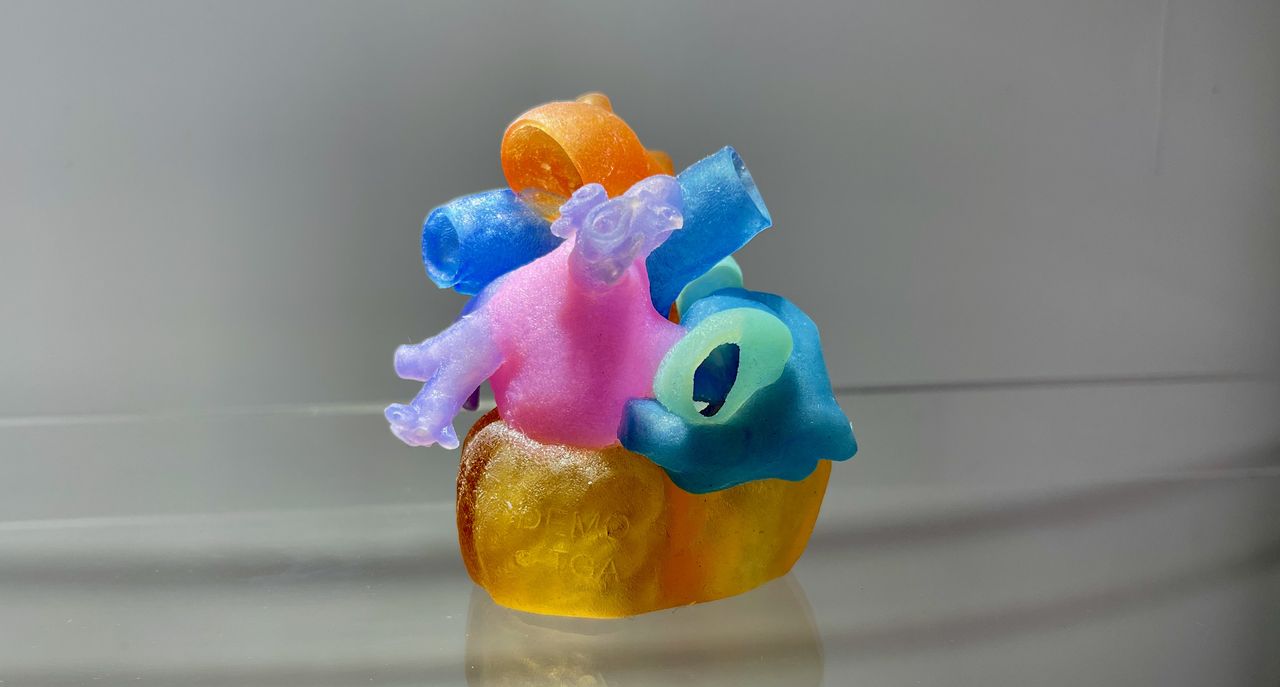
Ricoh seems to have found a promising niche in the 3D print world: anatomical models.
The giant Japanese multinational company has countless lines of business, but one is additive manufacturing. But even within that division there’s different organizations that target specific markets.
We recently had the chance to chat with the Ricoh team involved with their anatomical model service, an initiative they’ve aptly named “3D For Healthcare”.
3D Printing and Healthcare: A Perfect Union
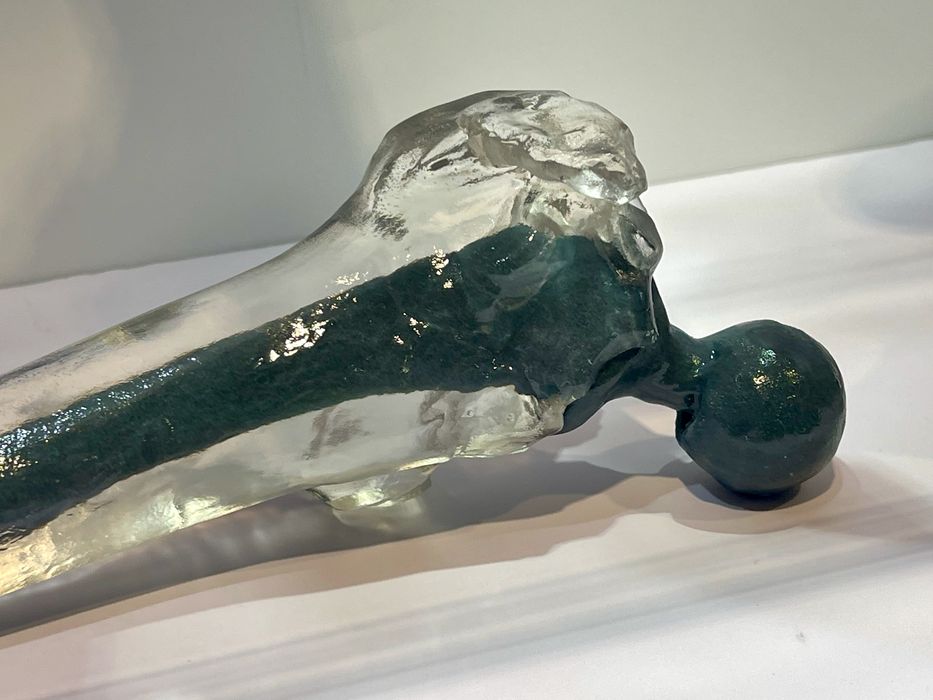
Anatomical models are a growing application that has been enabled by 3D print technology. There are several reasons for producing anatomical models, including education, surgical planning, fit testing for medical devices, but there’s one that’s particularly interesting: surgery practice.
The concept is to perform a detailed 3D scan of the patient, and then produce a matching surgical model using Ricoh’s service. Surgeons can then practice complex operations using the printed anatomical model without risk to the patient. They can even attempt multiple surgical strategies to see which one is best for the patient.
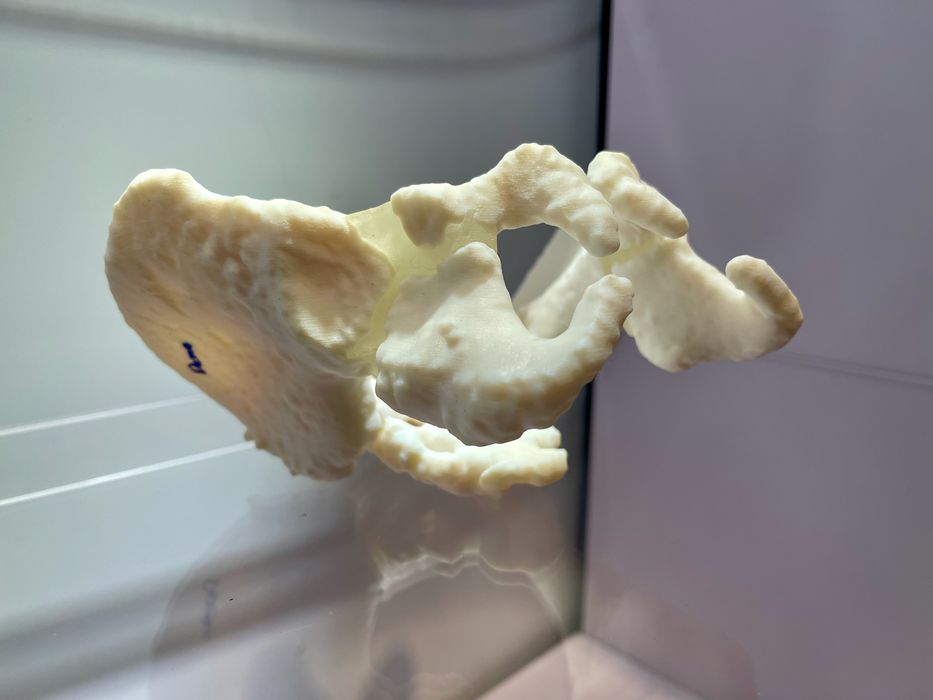
This is enabled by Ricoh’s 3D print technology that can not only reproduce the geometry of the patient, but also involve different colors and even rigidity. Portions of a print can be soft or rigid, adding to the realism during surgical practice.
Ricoh operates their technology as a service, as doctors and others may order models from them.
Navigating Regulatory Waters in 3D Healthcare Printing
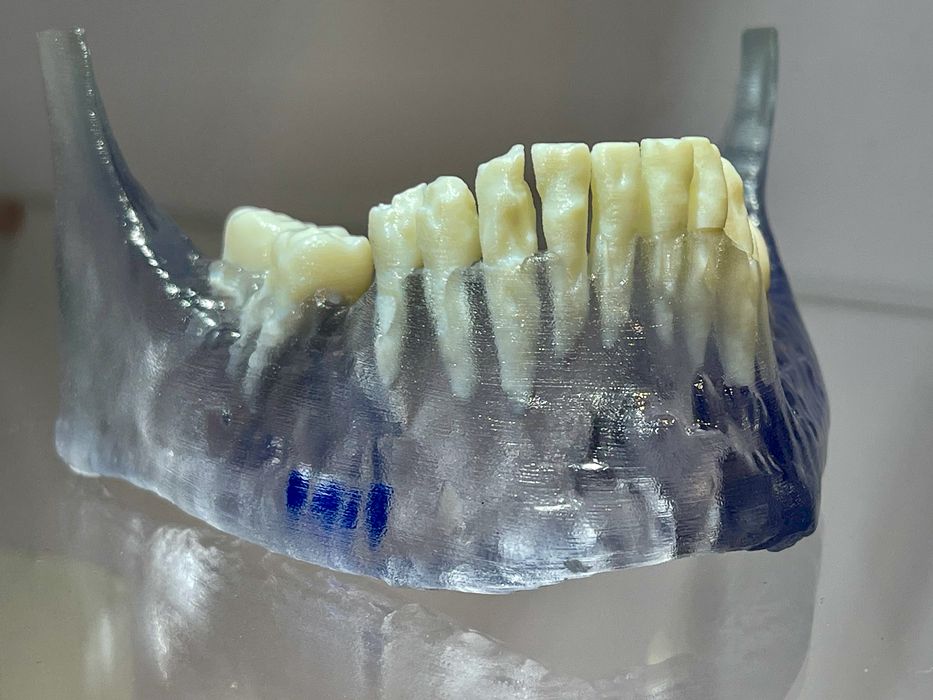
An anatomical model 3D print service might seem to be a relatively straightforward business: just get a 3D printer that can produce the necessary colors and textures, add some patient data and you’re good to go.
No, that’s not it.
The healthcare space is highly regulated, and before any of this can happen the provider, in this case Ricoh, must obtain a variety of regulatory certifications. Ricoh has indeed obtained FDA certification, which has allowed them to proceed.
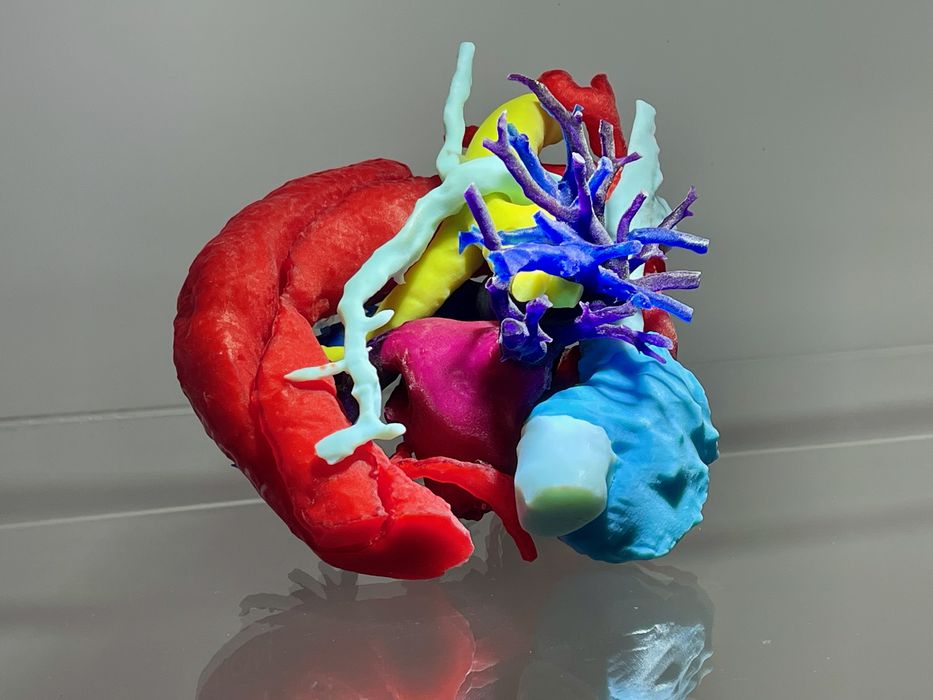
However, we were told that they are currently awaiting more approvals for certifications, which could imply they could increase the scope of their anatomical service to new applications, or even add more geographies to their service. After all, you must be approved in each region by the appropriate regulatory authorities.
We had the opportunity to examine several sample anatomical prints produced by Ricoh. The results were nothing short of impressive. The breadth of their capabilities was clearly displayed in the diverse range of applications showcased in their sample set.
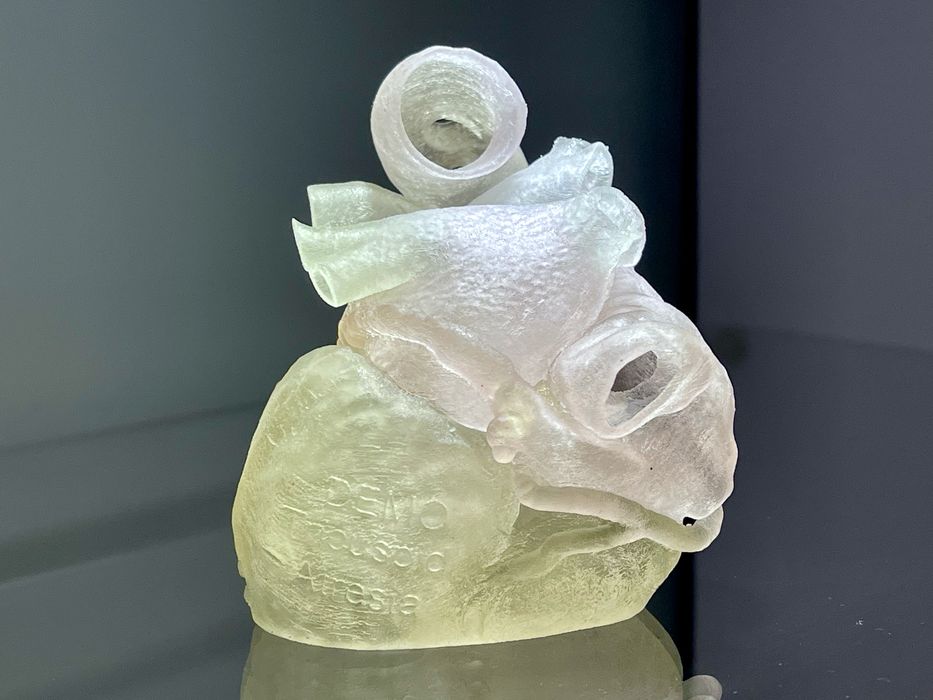
While we may be a while away from the point where 3D printed anatomical models become the norm for surgeons and other medical applications, the majority of practitioners are still relying on traditional methods. However, as more 3D printing companies like Ricoh continue to offer increasingly competent services, we anticipate a surge in usage.
Via Ricoh
